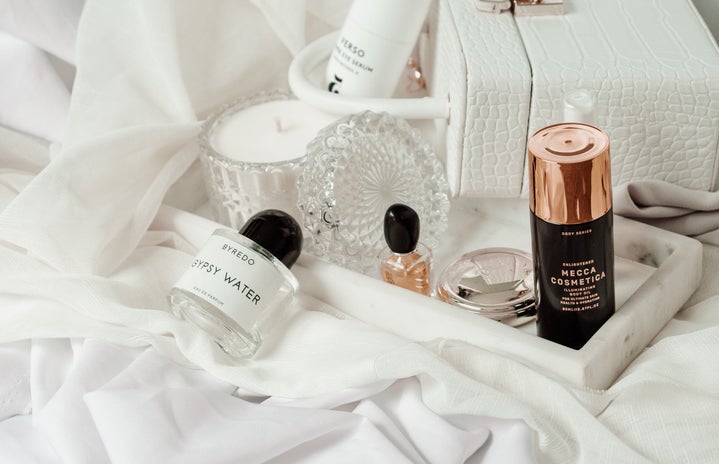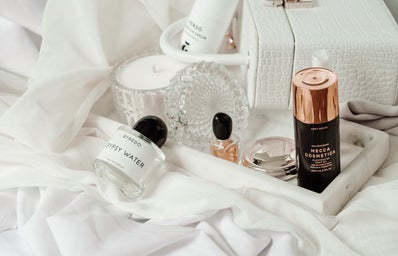As a child in the Philippines, I was taught that lighter skin is synonymous with beauty- an idea deeply ingrained within the culture. “Mestizo,” or mixed ancestry, became the unachievable standard of beauty, and were considered to be far superior than Filipino features, specifically our brown skin. Whitening products were ubiquitous in grocery stores, television commercials, and billboard advertisements, containing messages like “mas maputi, mas kissable” (more fair, more kissable). This implies that fairer skin would “help” us find love and even gain social standing. With this ingrained in my mind, I used umbrellas when walking outside, wore long-sleeved shirts in hot weather, and turned to papaya and kojic soaps to achieve that desirable fair skin. It wasn’t until very recently that I realized this marketing was a result of the lasting effects of colonial mentality among Filipinos, and I vowed to not subject myself to it any longer.
Skin whitening is a cosmetic treatment that aims to lighten skin through the use of chemicals and mixtures. Whitening products come in the form of lotions, soaps, creams, injectables and capsules, and are most popular in the Asian, African and Caribbean nations. These products result in visibly lighter skin by inhibiting the production of melanin through the use of toxic chemicals such as hydroquinone, a potentially carcinogenic lightening agent and mercury. It has been linked to kidney and brain damage when absorbed by the skin and accumulates in the body. Prolonged, non-prescribed use of hydroquinone and mercury may result in serious health risks, as its users become more susceptible to irreparable skin damage and the even deadlier skin cancer (Metro UK). Other common methods of skin whitening include chemical peels, which removes the top layer of the skin and exposes it to solar radiation and pollutants, and laser treatments, which disrupts the pigmentation of the skin and ultimately damaging it (Quartz India).
While unpopular in the United States, skin whitening products “account for nearly half of the cosmetic industry” worldwide due to high demand in Asian, African and Caribbean countries. Skin whitening products are on the rise, and it is projected to be a $31 billion industry by 2024, which is partly due to the growing number of middle class that can afford these products across the world (Quartz India). Products like Fair & Lovely are most popular in South Asian countries, with a grand total of $450 million in India alone (Affinity Magazine). In Africa, Nigeria claims the highest percentage, with 77% of women who use skin whitening products, followed by Togo at 59% and Senegal at 27% of women (NPR).
Though colorism still pervades in other previously colonized areas around the world, many are working to raise awareness and combat colonial mentality. Campaigns such as “Dark Is Beautiful” in India, “#Unfairandlovely,” and Asia Jackson’s “#MagandangMorenx” (beautiful brown skin) continuously challenge the idea that “light is right” and ultimately end the use of skin-whitening products.
Sources:
“Inside the Dark World of Skin Whitening” Metro UK
“Skin Whitening: A Global Practice” NPR
“The Complicated Ethics of Being A Dermatologist In A Country Where People Want Whiter Skin” Quartz India
“The World’s Obsession With Skin Whitening” Affinity Magazine


